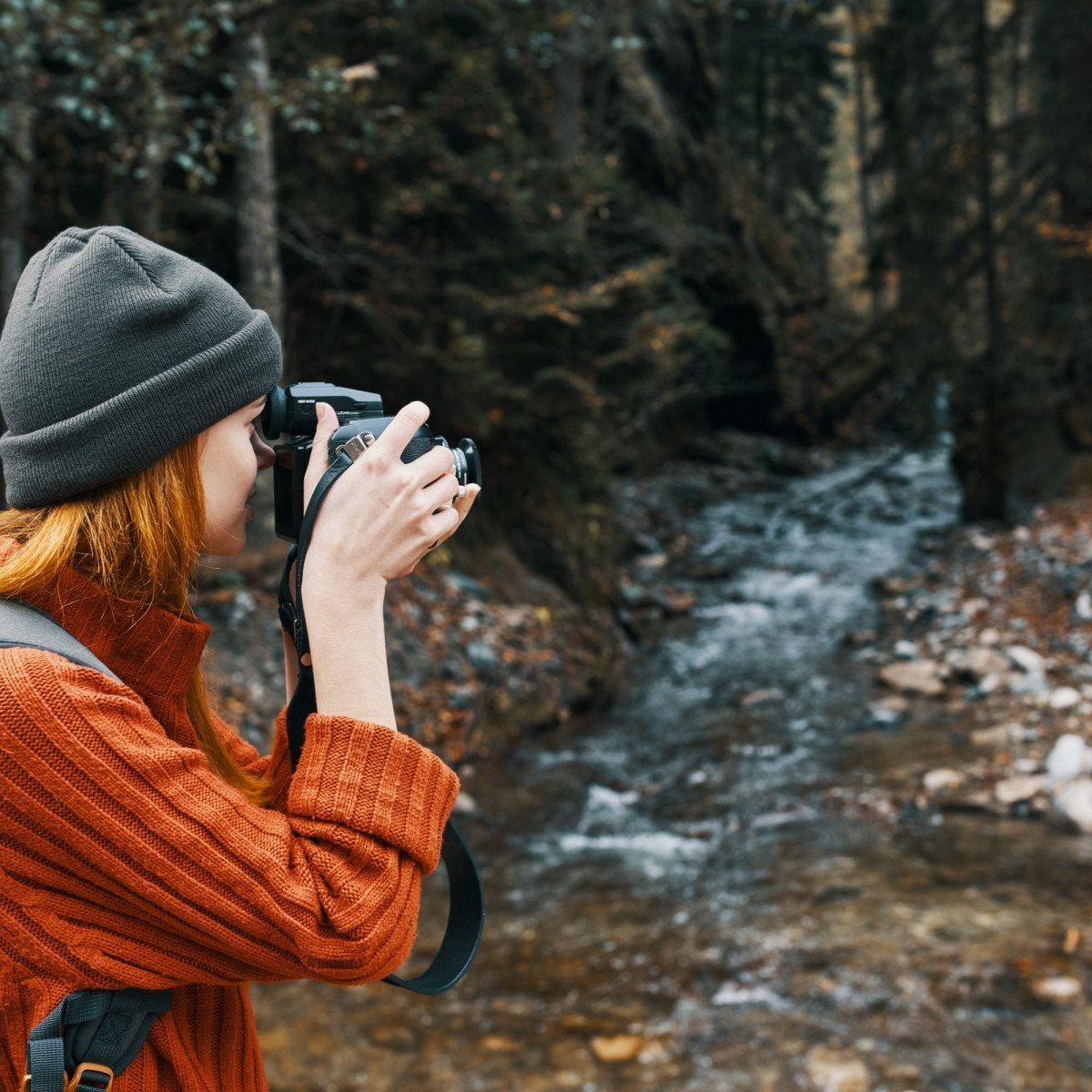Picture this—a pearl of morning dew glistening on a fragile leaf, an almost ethereal glow painting the face of Machu Picchu under the sunrise. In such moments, you can’t help but grip the camera, feeling the thrill of capturing a slice of reality in your lens. But do you ever pause to think, just as your finger lingers over the shutter button: ‘Am I allowed to do this?’
A surprising fact? In many landmarks and public spaces around the world, there are indeed laws and regulations about what you can and can’t photograph. It’s trivial yet crucial to understand these before venturing into photography in exotic locations.
Why Does it Matter?
“Because.” A simple answer that I received from a perplexed security guard at the Louvre when I questioned the ‘no photography’ sign near the Mona Lisa. I remember standing there, feeling like an over-excited tourist scolded for his enthusiasm. But later, as I grew more seasoned in travel photography, I realized that ‘because’ carried a weightiness I hadn’t appreciated before. Understanding local photography laws and customs can mean the difference between wanderlust-infused clicks and a possible confrontation with local law enforcement.
Considerations and Consequences
A friend of mine, let’s call him Jack, learned this lesson a hard way. During his first solo trip to Barcelona, too entranced by Gaudi’s curvaceous masterpiece, he decided to fly his drone over Park Guell, trying to capture the surreal beauty. A few imposing architectural shots and brief interruption of flight later, he found himself facing the stern charge of a police officer. Jack was clueless, unprepared for this sudden development in his ‘Capture Barcelona’ adventure. The consequence? A hefty fine. Worse, an experience that cast a cloud over his trip.
Bypassing photography laws, especially in foreign lands, can lead to a gamut of consequences. Penalties range from an uncomfortable glare or a formal warning to the potential confiscation of your beloved camera or an escalating fine, as Jack learned.
Know Before You Go
The adage ‘knowledge is power’ rings true here. Understanding photography regulations can save you from unanticipated events, allowing you to focus on capturing the essence of your journey. In popular tourist destinations, such rules are mostly displayed on signs or easily accessible through web resources. Most museums, religious sites, and private properties will have their photography policy displayed clearly as you enter.
A random Google search or a visit to the official website can provide useful information. Additionally, local tourist information centers are great places to inquire about photography permissions. The local population, adept at witnessing camera-flashing visitors, can also offer practical advice and tips.
Navigating the Legal Landscape
As I wandered the cobbled streets of Prague, I met Martin, a local guide. With a love for the city’s history etched in his animated expressions, he offered this nugget of wisdom amidst our conversation: ‘When in doubt, ask.’ His simple words elucidated a complex sentiment. It isn’t just about the fear of legal trouble. It’s about respect. Respect for the local culture, the historical monuments, and the places we are lucky to witness and capture within our frames.
Understanding and respecting laws, thus, are essential components of responsible travel photography. Parallelly, it also goes hand in hand with recognizing and respecting people’s privacy, encouraging moral practices in landscape photography.
Striking the Balance
In conclusion, striking the right balance is the key. Observe, inquire, and respect as you navigate the photographic landscapes of your travels. Remember, the world is as much a collective memoir as it is your personal canvas. So, tread lightly with your camera and curate experiences that speak not only of your journey but also of the places and the people you encountered. After all, aren’t the most meaningful stories born between our worldly ventures and the respect we hold for them?


0 Comment